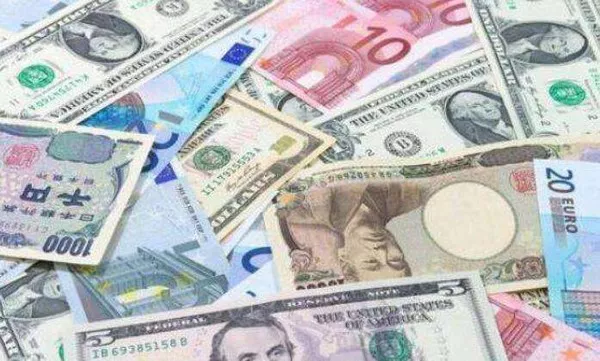The Australian Dollar (AUD) continues to face downward pressure against the US Dollar (USD) for the fourth consecutive day on Wednesday, with the AUD/USD pair trading near 0.6530. This decline follows the release of weaker-than-expected wage data from Australia and growing optimism surrounding the potential impact of US President-elect Donald Trump’s fiscal policies.
Australia’s Wage Price Index (WPI) showed a rise of just 3.5% year-over-year in Q3, a deceleration from the 4.1% increase in the previous quarter and below market expectations of a 3.6% rise. This marks the slowest pace of wage growth since late 2022, adding to the bearish sentiment surrounding the AUD.
At the same time, expectations of inflationary pressure in the US, driven by Trump’s potential expansionary policies, continue to bolster the USD. Analysts suggest that these policies could increase investment, labor demand, and government spending, potentially leading the Federal Reserve (Fed) to adopt a more restrictive monetary stance. As a result, the USD has remained firm, reinforcing the downside momentum in the AUD/USD pair.
Trade and Political Uncertainty Affect Australian Dollar
In addition to domestic economic data, external factors are contributing to the downward pressure on the AUD. During a recent radio interview, Australian Prime Minister Anthony Albanese revealed that he had discussed trade with Trump, highlighting that the US has a trade surplus with Australia. While the conversation emphasized the importance of fair trade, the possibility of new tariffs under Trump’s administration, particularly targeting China, continues to weigh on market sentiment. Tariff fears have been exacerbated by reports suggesting that Trump may prioritize tariffs, including potentially imposing a 10% global tariff and 60% tariffs on Chinese imports.
Meanwhile, Australia’s Westpac Consumer Confidence index posted a 5.3% increase to reach 94.6 points in November, marking the highest level in over two years. However, the index remains below the 100-point threshold, indicating persistent consumer pessimism. While consumers report feeling less financial pressure and are less concerned about further interest rate hikes, optimism remains subdued.
RBA’s Hawkish Stance and China’s Stimulus Measures
The Reserve Bank of Australia (RBA) continues to hold a hawkish stance, with Governor Michele Bullock emphasizing the need for restrictive monetary policy in the face of persistent inflation risks and a strong labor market. However, despite the RBA’s hawkish rhetoric, the Australian Dollar remains vulnerable, especially as China, Australia’s largest trading partner, continues to face economic headwinds.
Recent reports indicated that Chinese regulators are planning tax cuts on home purchases, but broader stimulus measures have disappointed markets. China’s announcement of a 10 trillion Yuan debt package aimed at alleviating local government financing pressures has failed to meet expectations for direct economic stimulus, leading to reduced demand prospects for Australian exports and further undermining the AUD.
Technical Outlook for AUD/USD
The technical outlook for AUD/USD remains bearish in the short term. The pair continues to trade below the nine-day Exponential Moving Average (EMA), and the 14-day Relative Strength Index (RSI) remains below 50, signaling continued downward momentum.
Support for the pair is currently testing the three-month low of 0.6512, reached on November 6, with further psychological support around the 0.6500 mark. On the upside, resistance is seen at the nine-day EMA near 0.6576, followed by the 14-day EMA at 0.6593. A break above these levels could lead the pair towards its three-week high of 0.6687, with the next key target at the 0.6700 handle.
As traders await further developments on US inflation data and the broader geopolitical landscape, the AUD/USD pair is likely to remain under pressure, with the potential for further downside if key support levels are breached.
Related Topics:
























